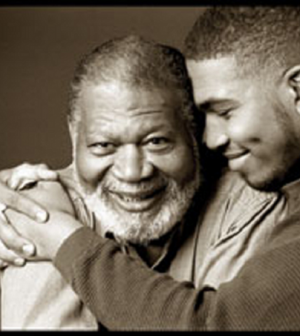Effects Of Sibling Position In A Blended Family
Sibling position should be the same with no change in blended families. Your oldest child and your spouse’s oldest child are still the oldest. The babies are still babies.
A child’s position whether as the eldest, middle, youngest, or single child can have an impact on the child’s character. Although the character of a child is influenced by several external factors, the child’s position in the family plays a contributing factor.
Each child should keep their birth position from their original family. This avoids any displacement of a child’s original birth position. The sure way to avoiding tension and drama by the children in blended families is maintaining the position from the family of origin.
Here’re some of the effects of displacing a child’s birth position.
- Displacing a child’s birth position has the potential of building resentment and hard feelings toward their blended family.
- Children who have their birth order changed are more likely to suffer from trust issues and depression.
- Displacing a child’s original birth position can also lead to stepsibling rivalry. Understandably, sibling rivalry is an unavoidable occurrence, but the dynamics in a blended family can intensify these conflicts. Also when children from each side are faced with different or new rules, routines, responsibilities, and roles, it is often met with resentment which quickly turns into stepsibling rivalry.
Ensuring every child maintains their original birth position is crucial to their adjustments. Here’re a few useful tips to help you deal with the effects of stepsibling rivalry in a blended family.
Set Clear Boundaries
Ensuring the boundaries set applies to every child reduces the feelings of mistrust, resentment, and anger among stepsiblings. If children believe there’re unfair standards or the rules don’t apply to every child, they’ll lose trust in their parents and become jealous and angry with their siblings.
Also, ensure the boundaries are age-appropriate so even though the boundaries exist for all children, they aren’t necessarily the same ones.
Involve your Kids in some Decision Making
The hardest part for stepchildren is having their worlds change in a drastic and traumatic way, especially with little or no control over any of it. They experience this after the death of a parent or a divorce. After entering into a blended family, the same feelings could arise again.
This is why giving your child some say in your new family set up is important. Children whose lives have been recently altered will feel more empowered and less angry when they are included in the decision making and boundary setting process.
Carefully Handle Sensitive Issues
Often, death or divorce is the reason two families come together to form a blended family. This can make the initial phase traumatic for many children. As a parent or stepparent, you should deal with such underlying issues with understanding and sensitivity.
The feelings of displacement are the biggest stress point between stepsiblings. For instance, the eldest child of the family who has built an identity as being the head when mom and dad are away may find their position has been overthrown by an older new stepsibling.
Understanding how your child feels and assuring them of their importance can restore some of their confidence and dampen any provocation they may be feeling.
Promote a Healthy Stepsibling Relationship
Setting boundaries, instilling discipline, and helping your kids adjust to the blended family life are within your limits. However, forcing stepsiblings to get along or love each other isn’t quite the same. The best thing you can do is systematically create ways to help your kid’s relationship grow and develop on their own.
Letting stepsiblings relationships develop on their terms will ensure they form genuine and long-lasting bonds. However, you can help them by creating quality family time for everyone. Plan fun times that appeal to every member of the family and provides an opportunity for stepsiblings to communicate.
You can’t force people to love each other. Sometimes, even blood siblings don’t get along or love each other. But, you can insist your kids respect each other. You can also help them stay within the set boundaries of politeness and considerations for each other.
Holiday Tips
Festive seasons or holidays can be particularly difficult for stepsiblings as they try to adjust to the new normal. They will be watchful for preferential treatments or unfairness as gifts are given. Setting a price limit or using secret Santa are effective ways to ensure there’re no arguments about who got a better gift.
You and your partner should agree on what old traditions to uphold for the sake of your children while creating new ones. The most important thing is to make every child feel loved and wanted.
As a devoted parent or stepparent, you should help any child who’s struggling to come to terms with your new family work through their emotions. Ensure you and your partner remain on the same page in all areas relating to your family.






